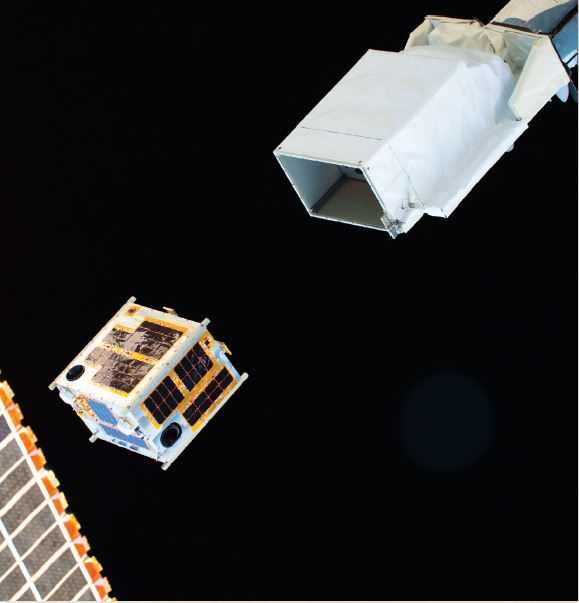Israel
2017 – Economy: Space Economy


The global space industry continued to grow in 2016, reaching a total of $329.3 billion. This was slightly higher than the previous record of . . .
2016 – Israeli Government Space Budget
The Israel Space Agency (ISA) is in charge of civil and commercial space activities, which are estimated at more than US$1 billion per year. It also coordinates closely with . . .
2016 – Economy: Space Economy


The global space industry continued to grow in 2015, although currency fluctuations caused the appearance of a slight decline . . .
2015 – Israeli Government Space Budget – Snapshot
The Israel Space Agency (ISA) is in charge of civil and commercial space activities, which are estimated at US$1 billion for 2015. It also coordinates closely with…
Economy: Space Economy – TSR 2015
2014 – Other Countries, Launch, Payload
After one of its Zenit-3SL rockets suffered a launch failure in 2013, Sea Launch recovered in 2014. Sea Launch successfully launched a ## satellite into GTO in May 2014 after implementing recommended corrective actions in response to the 2013 accident.
2014 – Additional Country Space Budgets
Around the globe, many smaller nations—whether in terms of economy or population size—are investing in space projects or programs. The exhibit below shows the most recent available annual budget for civil space activities in a number of selected space states.
2014 – Israeli Government Space Budget
Israel often works with other countries to cooperate in its space endeavors, whether civil, national security (or dual-use), or commercial. Its civil space organization, the Israel Space Agency (ISA), overseen by the Ministry of Science, Technology & Space, has had a reference annual budget of ## million shekels (US$## million) since 2012—prior to that it received a nominal fee for basic operations, and any needs for individual projects beyond a few million shekels had to be requested from the Ministry of Finance.
Economy: Space Economy – TSR 2014
2013 – Government Space Budgets Overview
Government space programs accounted for approximately $## billion in spending during 2013, representing ##% of the global space economy. Government investment in space decreased by ##% in 2013, contributing to a cumulative average annual growth rate of ##% between 2009 and 2013. The top-line figures, however, do not fully depict how some countries have significantly increased space spending while others have made cuts, as shown in Exhibit 2n. Because not all governments operate under the same fiscal cycle, international space spending numbers were derived from the most recent budgetary information available for each country. The figures reported in the following country profiles are presented in both the local currency and U.S. dollars as of June 30 of the appropriate year.